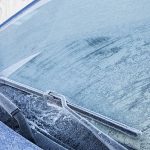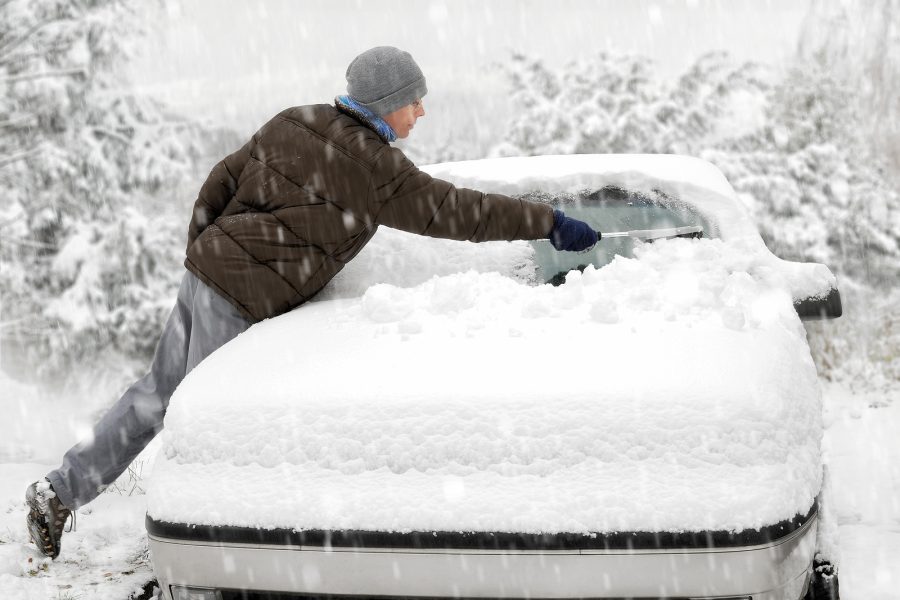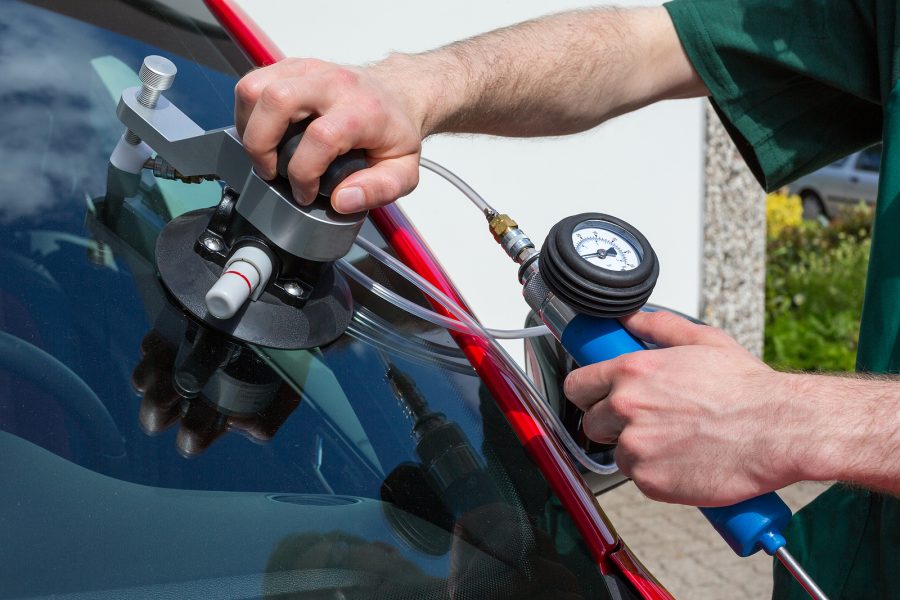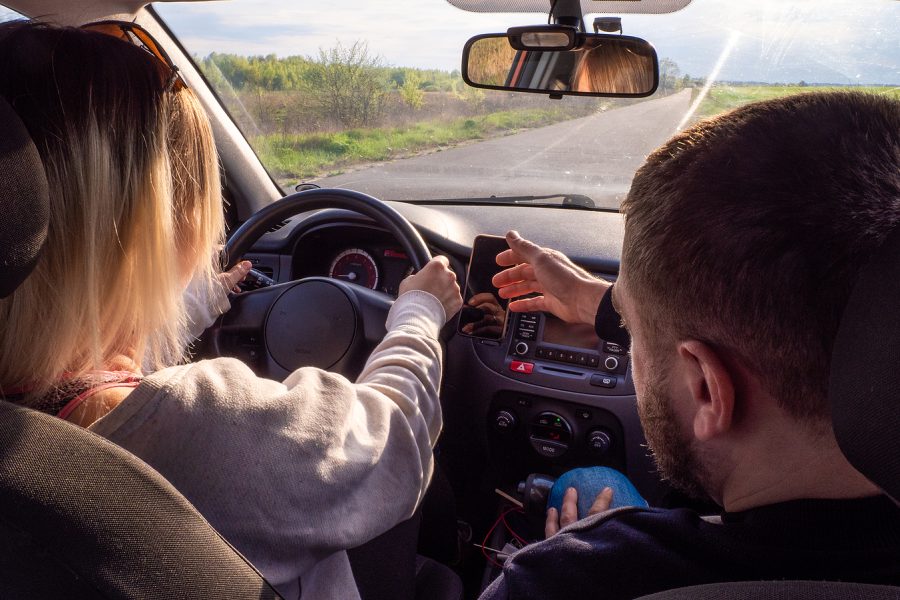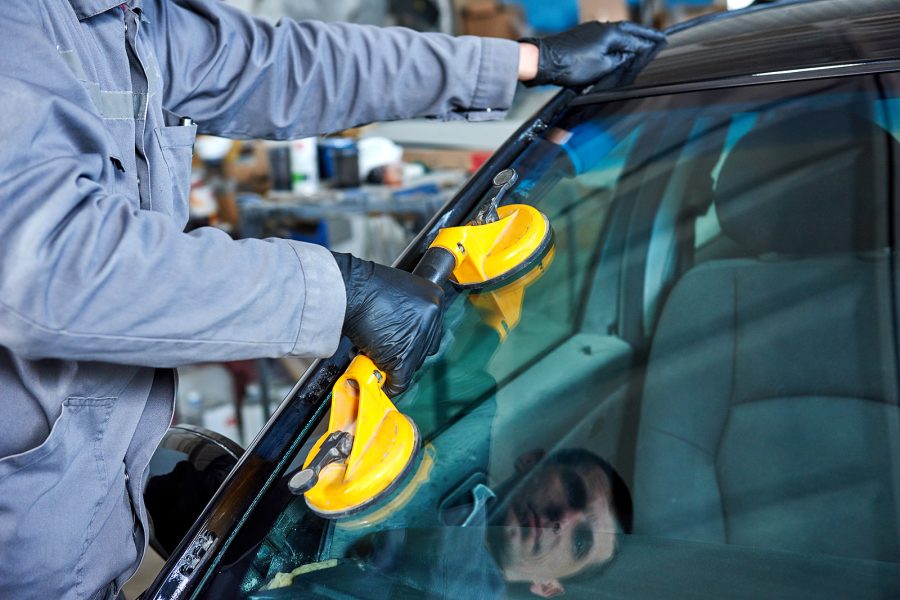Winter can be a tough time for drivers on tricky roads and in poor visibility, with some no doubt wishing they could be like Father Christmas and have travel made easier by being transported through the sky by flying reindeer.
However, now Rudolf and friends have returned to Lapland for another year, motorists will have to deal with the reality of the dangers of deer on the roads, especially in very rural areas where the creatures are likely to roam.
Hitting a deer as it runs across a highway is a real threat that can leave you needing a car windscreen replacement, as a heavy mammal with hard hooves and antlers is quite capable of breaking glass in a high-speed collision.
Indeed, the AA has issued its own warnings about the dangers of deer on roads, although it notes the greatest threat comes in October and November and again in May and June. The first of these is rutting season and, after the successful males have spread their oats, late spring and early summer is when young deer start to disperse from the breeding areas they were born in.
However, the advantage of May and June is that the days will be long and light with an extended twilight, so it will be easier to spot deer on the road.
By contrast, if there is a deer in the road in the middle of winter it may be harder to spot in the darkness and perhaps more dangerous as its appearance will not have been as readily anticipated as in the autumn.
The AA notes around 42,000 deer are killed on UK roads each year, with over 400 people in cars injured. The most at-risk roads include highways going through the Ashdown Forest, Thetford Forest and Forest of Dean.
Sunrise and the period from sunset to midnight pose the greatest risk, but drivers in winter must also factor in visibility issues such as fog.


